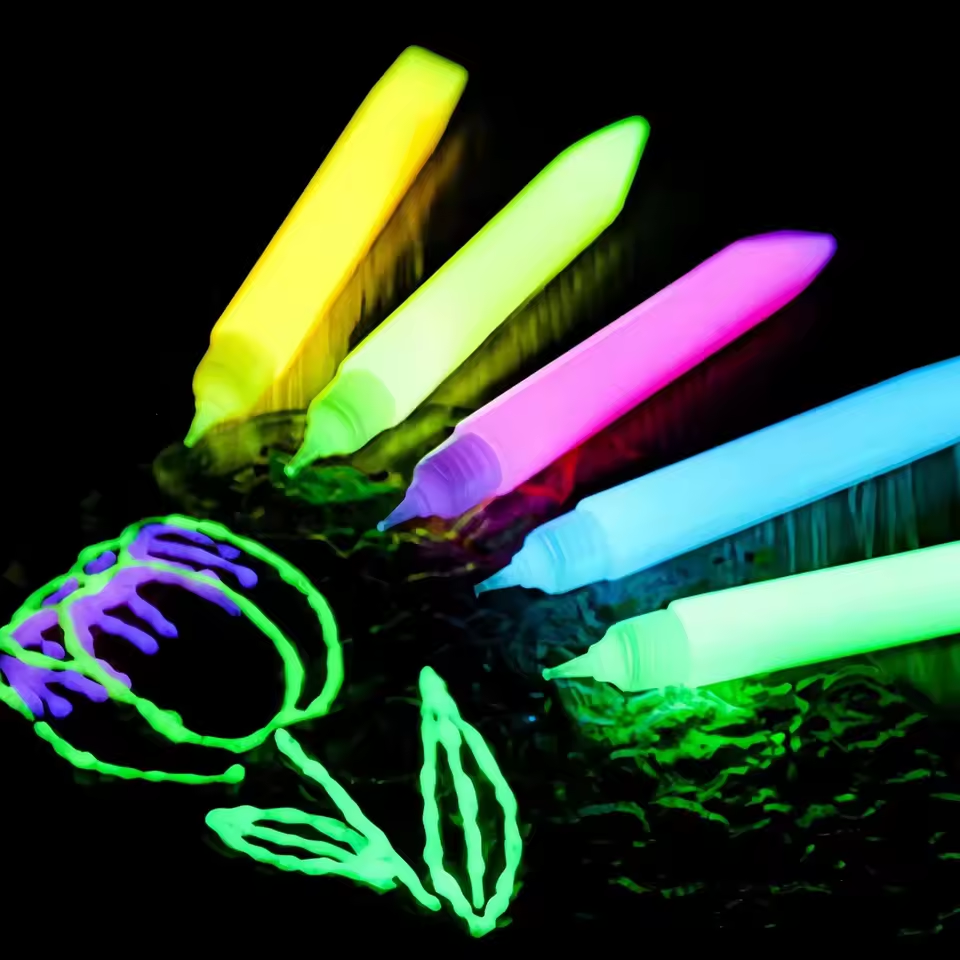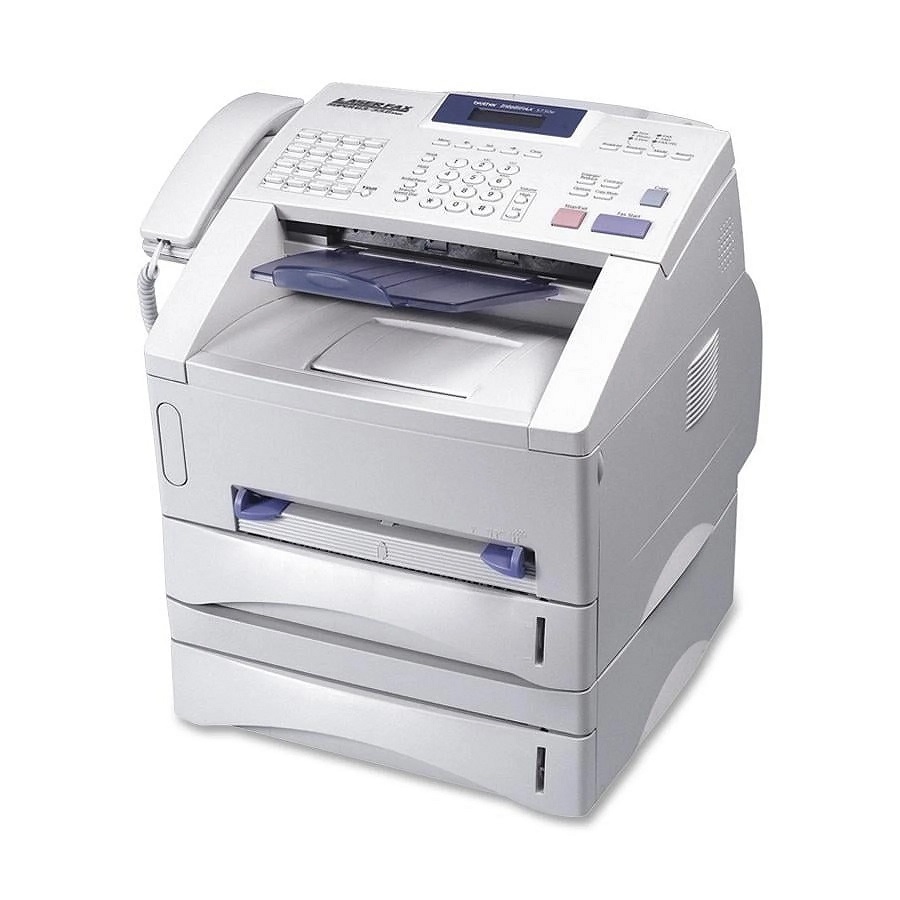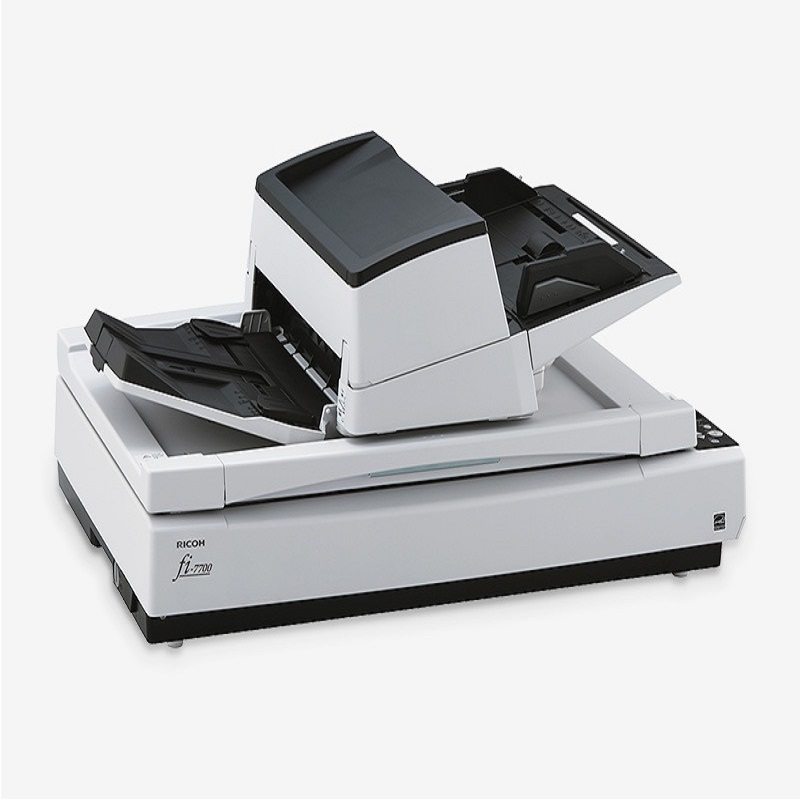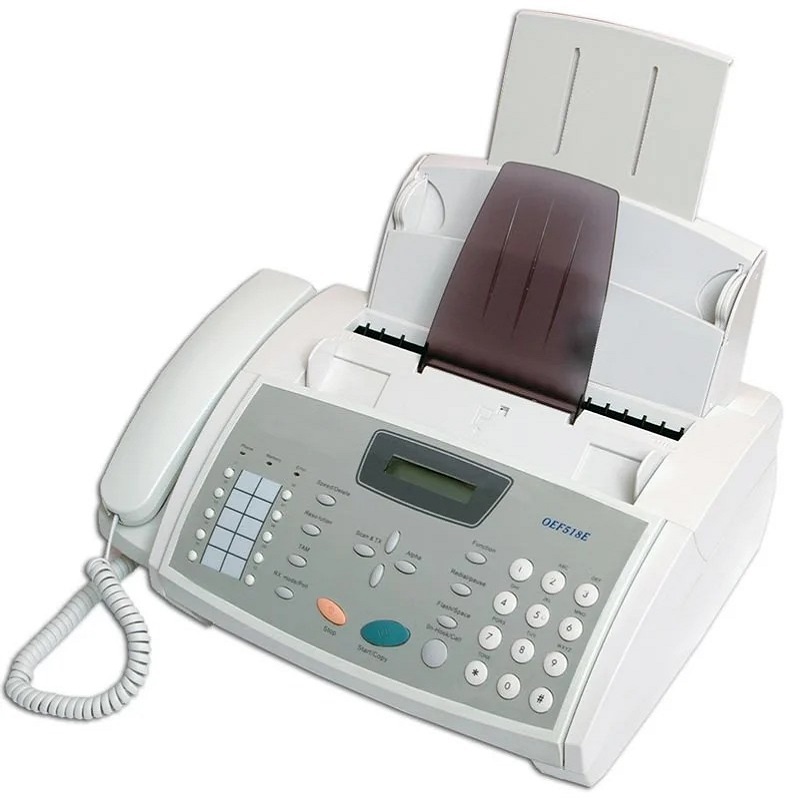When it comes to gym design, choosing the gym color palette is crucial to create an inviting and energizing environment. The colors used in the gym can influence mood, motivation, and overall well-being. A well-designed gym color palette can enhance the workout experience and inspire individuals to achieve their fitness goals. In this guide, we will explore tips and considerations for creating a visually appealing and effective gym color palette.
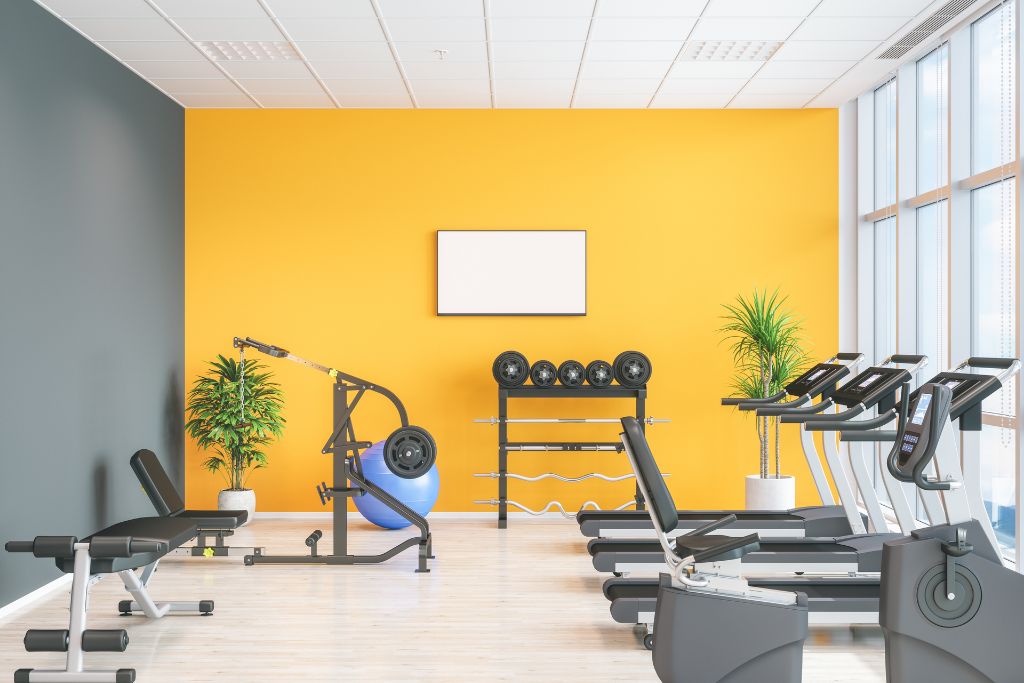
Consider the Purpose and Atmosphere:
Before selecting colors for your gym, consider the desired atmosphere and the purpose of the space. Different workouts and activities may require different energy levels. Consider the following factors:
- Energetic and Dynamic: If your gym aims to promote high-intensity workouts or dynamic activities, vibrant and energetic colors can help create an active and stimulating atmosphere. Shades of red, orange, and yellow can evoke feelings of energy and excitement.
- Calm and Relaxing: For gyms offering yoga, Pilates, or relaxation-focused activities, a calming and serene color palette may be more appropriate. Soft blues, greens, and neutrals can contribute to a tranquil and peaceful environment.
Balance and Contrast:
Achieving a visual balance and contrast is essential for an appealing gym interior design. Consider the following factors:
- Light and Dark Shades: Create contrast by incorporating light and dark shades within your color palette. Contrast can help define different areas of the gym and add visual interest. For example, light-colored walls with darker flooring or accent walls can create a sense of depth and dimension.
- Accent Colors: Choose one or two accent colors to complement the main color scheme. Accent colors can be strategically used for equipment, signage, or additional design elements to add pops of color and create focal points.
- Neutral and Subtle Tones: Incorporate neutral colors, such as grays, beiges, or whites, to balance out vibrant or bold colors. Neutral tones provide a foundation that allows other colors to shine and prevent the space from feeling overwhelming.
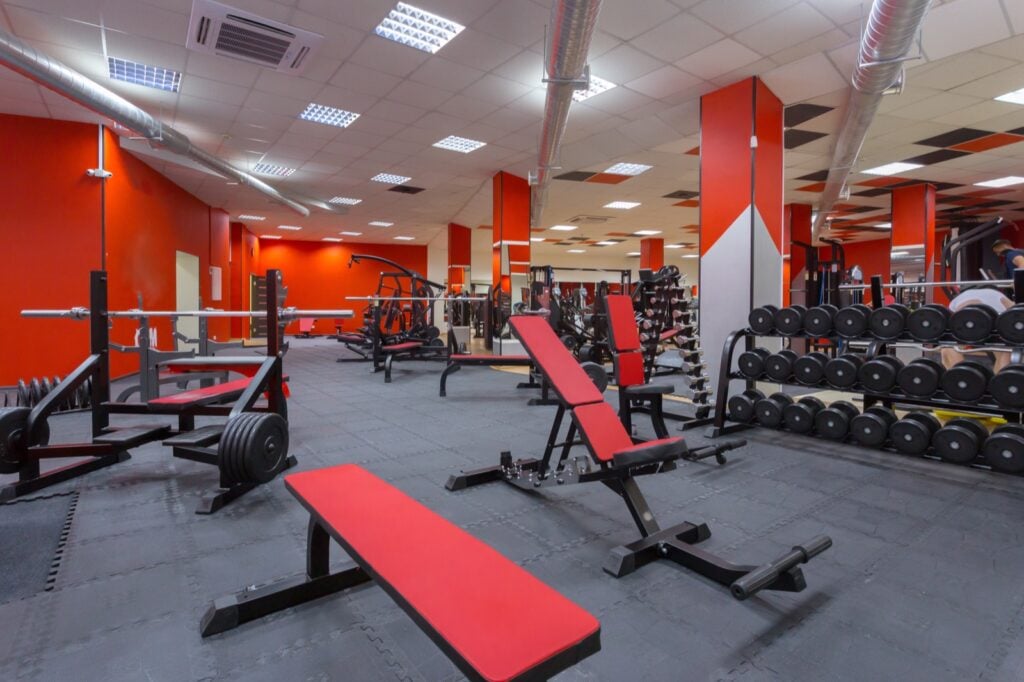
Consider Psychological Effects:
Colors have the power to influence mood and psychology. Consider the following psychological effects of colors when creating a gym color palette:
- Blue: Blue is known to promote feelings of calmness and tranquility. It can create a sense of focus and serenity, making it suitable for meditation or yoga areas within the gym.
- Green: Green is associated with nature, freshness, and balance. It can evoke feelings of liveliness and promote a sense of renewal and wellbeing. Incorporate green elements through planters or accents to add a touch of vitality.
- Red and Orange: Red and orange are stimulating colors associated with energy, enthusiasm, and motivation. They can increase heart rate, energize individuals, and promote high-intensity workouts.
Lighting Considerations:
Lighting plays a crucial role in showcasing colors and creating the desired atmosphere. Consider the following lighting considerations:
- Natural Light: Maximize the use of natural light by incorporating large windows or skylights. Natural light enhances the visibility and brings out the true colors of the gym elements.
- Artificial Lighting: Choose lighting fixtures that provide adequate, even, and adjustable lighting. Ensure that the color temperature of the lights complements the chosen color palette and enhances the overall ambiance.
Branding and Identity:
Consider incorporating your gym’s branding and identity into the ibis paint color palette. The colors should align with your gym’s brand, logo, and overall image to create a cohesive and recognizable presence.
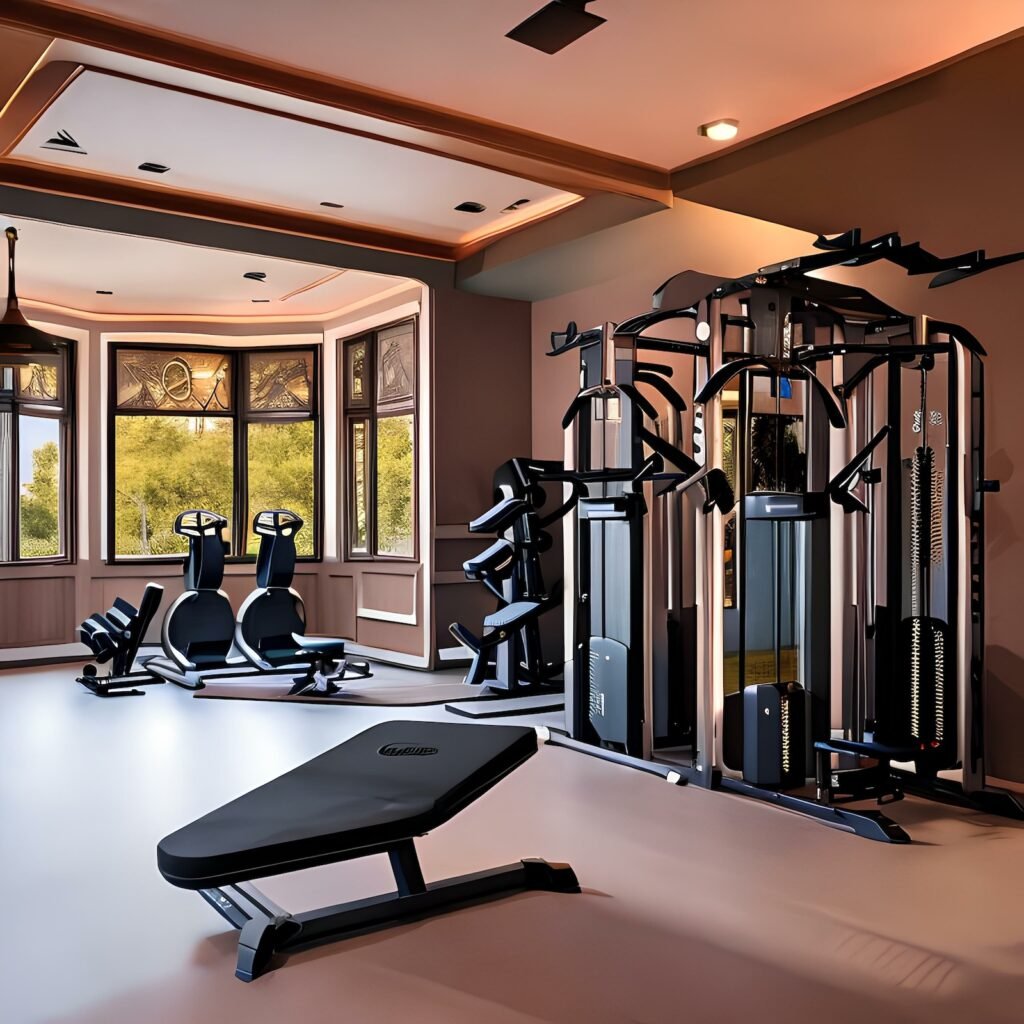
Things to note when decorating gym color palette
Choosing the right color palette is a crucial aspect of gym interior design. The colors used in a gym can greatly impact the atmosphere, mood, and overall workout experience. A carefully considered and well-executed color palette can contribute to a motivating, energetic, and visually appealing environment.
Understand the Gym’s Purpose and Target Audience:
Before finalizing the color palette, it is essential to understand the gym’s purpose and the preferences of the target audience. Consider the following factors:
- Gym Style: Determine the overall style and identity of the gym, whether it’s a traditional fitness center, a boutique gym, or a specialized facility. The color palette should align with the intended style to establish a cohesive design.
- Target Demographic: Consider the demographics of the gym’s members, including age, gender, and fitness goals. For example, a gym catering to young adults may lean towards bold and vibrant colors, while a gym targeting seniors may opt for a more calming and green and gold color palette.
Reflect the Desired Atmosphere:
The gym’s color palette should reflect the desired atmosphere and energy levels. Different areas within the gym may have varying requirements. Consider the following for different zones:
- Workout Areas: High-energy workout areas, such as weightlifting or cardio spaces, can benefit from vibrant and energizing colors. Red, orange, and brighter shades of yellow can promote enthusiasm and a sense of motivation.
- Relaxation Areas: Calming and soothing colors, such as soft blues, greens, or neutrals, are suitable for relaxation areas, stretching zones, or meditation rooms. These colors promote a sense of tranquility and help members unwind and recharge.
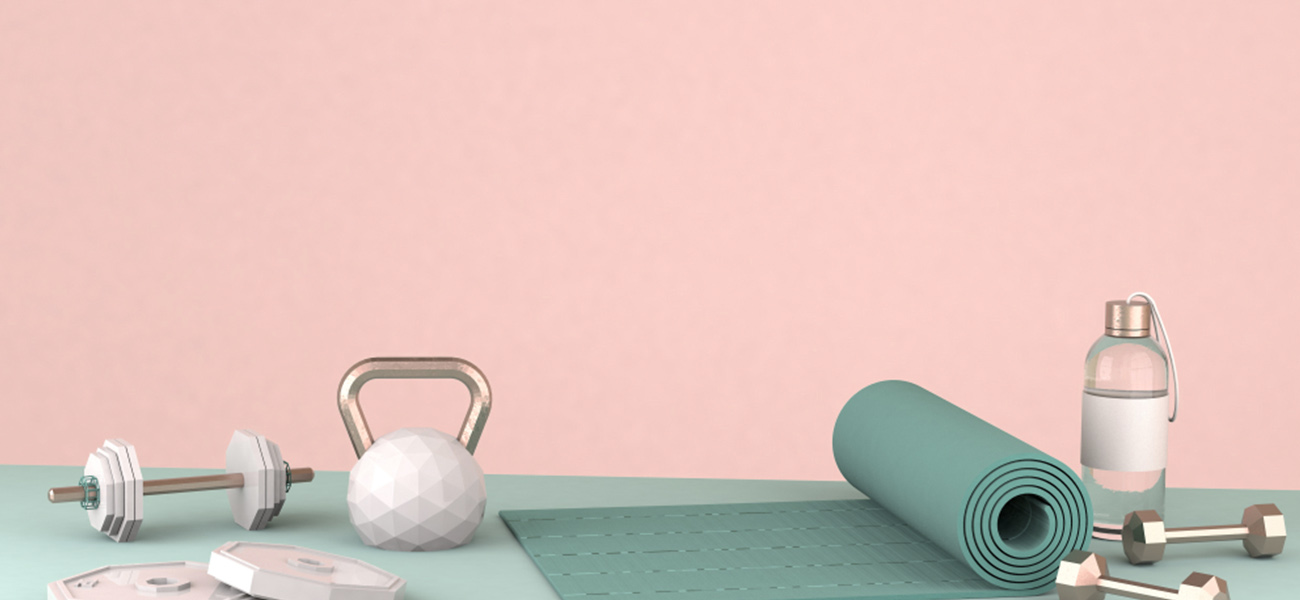
Consider Psychological Effects:
Colors have the power to influence mood and psychology. Understanding the psychological effects of colors can help create the desired atmosphere within a gym. Consider the following:
- Blue: Blue is known to evoke a sense of calmness, stability, and professionalism. It can promote focus and concentration, making it suitable for areas where members engage in mindful activities, such as yoga or Pilates.
- Green: Green is associated with nature, renewal, and harmony. It can create a sense of balance and freshness, making it ideal for areas where members seek a connection with nature or engage in exercises like stretching and mobility.
- Yellow: Yellow is associated with happiness, energy, and optimism. It can stimulate the nervous system and create a feeling of joy and enthusiasm, making it suitable for areas where members engage in cardio workouts or high-intensity training.
Conclusion:
Designing a visually appealing and effective gym color palette involves a careful blend of personal style, purpose, psychology, and branding. By considering the purpose and atmosphere you want to create, balancing colors and achieving contrast, understanding the psychological effects of colors, taking lighting into account, and incorporating branding elements, you can create a stunning gym interior design that motivates and energizes individuals to pursue their fitness goals. A well-executed color palette will enhance the overall gym experience and contribute to a positive and inspiring environment.




